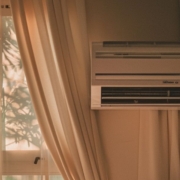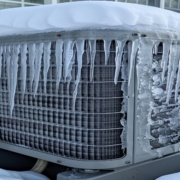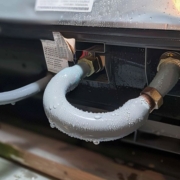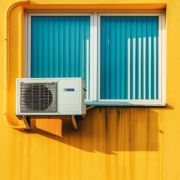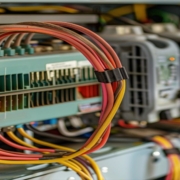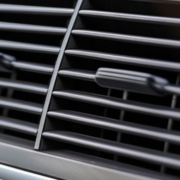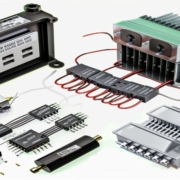How to Make Your AC Colder
Introduction
A properly functioning air conditioning (AC) system is essential, especially during hot summer. However, sometimes, your AC may need to be cooling more efficiently. This article will explore various ways to make your AC colder, ensuring maximum comfort in your living or working space.
Understanding Your AC System
Before exploring ways to enhance cooling, it’s crucial to understand how your AC system works. Typically, an AC system consists of components like the evaporator coil, condenser coil, compressor, and refrigerant. Each plays a vital role in the cooling process.
Common Reasons for Warm Air
There are several reasons why your AC might be blowing warm air instead of cold. One common issue is dirty air filters, which obstruct airflow and reduce cooling efficiency. Refrigerant leaks and faulty compressors are also common culprits.
Regular Maintenance Tips
Regular maintenance is vital to keeping your AC running smoothly. Simple tasks like cleaning or replacing air filters can significantly improve airflow and cooling performance. Additionally, checking for refrigerant leaks and keeping the condenser unit clean are essential maintenance tasks.
Improving Airflow
Improving airflow is another effective way to make your AC colder. You can achieve this by cleaning vents and ducts regularly and using fans strategically to circulate cool air more effectively throughout your space.
Optimizing Settings
Optimizing your AC settings can also help improve cooling efficiency. Programmable thermostats that adjust temperature settings based on your schedule and setting the fan to auto mode can both contribute to a colder indoor environment.
Considerations for Older Units
If you have an older AC unit, there are still ways to improve its cooling performance. Consider investing in upgrades like a more energy-efficient model or scheduling professional servicing to ensure optimal performance.
DIY Tips for Immediate Relief
In addition to regular maintenance tasks, there are some DIY tips you can implement for immediate relief from the heat. Simple measures like using curtains or blinds to block out sunlight and insulating doors and windows can help keep your space more remarkable.
Technological Solutions
Technological advancements have led to intelligent AC controllers and energy-efficient models that can enhance cooling while reducing energy consumption. Consider upgrading to these options for improved performance and cost savings.
Environmental Impact
It’s also important to consider the environmental impact of your AC usage. Energy consumption associated with cooling can contribute to carbon emissions and climate change. Look for eco-friendly alternatives and adopt energy-saving habits to minimize your carbon footprint.
Health Considerations
Maintaining indoor air quality is crucial for your health and well-being. Avoid overcooling your space, as this can lead to respiratory issues and discomfort. Additionally, consider investing in air purifiers to remove pollutants and allergens from the air.
Professional Assistance
If your AC is still not cooling effectively despite your best efforts, it may be time to seek professional assistance. A qualified technician can diagnose and repair any underlying issues, ensuring your AC operates at peak performance.
Cost-effective Strategies
Regarding AC maintenance and repairs, weighing the costs of DIY efforts against professional servicing is essential. While DIY tasks can save money upfront, professional assistance may be necessary for more complex issues and can prevent costly repairs down the line.
Long-term Maintenance
Finally, scheduling regular inspections and replacing old units when necessary is essential for the long-term maintenance of your AC system. You can ensure your AC keeps you cool for years by staying proactive and investing in proper care.
Conclusion
In conclusion, maintaining a cold and comfortable indoor environment during hot weather is achievable with the right strategies. By understanding your AC system, implementing regular maintenance, optimizing settings, and considering technological advancements, you can ensure your AC operates efficiently and keeps you cool when needed.
FAQs
- How often should I replace my air filters?
- Replacing air filters every 1-3 months is recommended, depending on factors like indoor air quality and usage.
- What should I do if I suspect a refrigerant leak?
- If you suspect a refrigerant leak, it’s best to contact a professional HVAC technician to assess the situation and make any necessary repairs.
- Can using fans help improve AC performance?
- Yes, fans can help improve airflow and distribute cool air more effectively throughout your space, making your AC more efficient.
- Are smart thermostats worth the investment?
- Smart thermostats can offer convenience and energy savings by allowing you to control your AC remotely and adjust settings based on your schedule, making them a worthwhile investment for many homeowners.
- How can I reduce my AC’s environmental impact?
- To reduce your AC’s environmental impact, consider upgrading to an energy-efficient model, using eco-friendly refrigerants, and adopting energy-saving habits like setting your thermostat to a higher temperature when you’re away from home.

